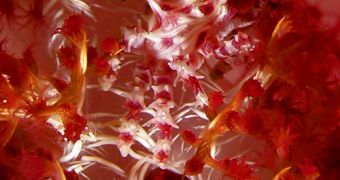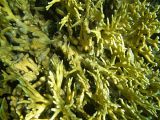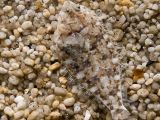The ability that some animals have to change their appearance in such a manner that they will duplicate their surrounding is so amazing that scientists still can't figure it out completely. However, to their commendation, a group of researchers from the Marine Biological Laboratory (MBL), led by senior scientist Roger Hanlon, say that they are now closer to understanding exactly how pattern changing functions in most species. To make work easier, the team has divided pattern types into three categories, and each animal with “special abilities” has been placed into one.
"Camouflage is found throughout the animal kingdom, among big, small, wet, and dry animals, but it is probably one of the least-studied natural phenomena we know of," Hanlon says. In this week's issue of the Philosophical Transactions journal of the Royal Society B, the researcher, who has been working on multiple animal species for the past 35 years, details the 3 different classes of patterns, and catalogs animals employing them according to the mechanisms they use to trigger the deceit.
"Cephalopods are the most changeable animal on earth for camouflage. There is no animal group that can equal it for speed or diversity of disguise. They have the widest range of patterns and they have the fastest change. Therefore, they are a good model to help unravel the general principles of camouflage," the senior scientist says.
Among other things, some of the most interesting animals that the team has studied include large primates, amphibians, reptiles, fishes, and insects. All have been carefully analyzed and observed, in an attempt to exactly understand how they manage to become “invisible” in their environment.
Uniform, mottled, and disruptive are the three types of patterns identified by the MBL team, and they say that a single type of creature, including squids, octopuses, and cuttlefish, is able to employ all three of them at once, or alternately, according to the demands of the situation. Armed with these pieces of knowledge, Hanlon is now planning to devise a mathematical formula to sum up all these pattern modifications, and then plans to apply it to the entirety of the animal kingdom, to see if it holds true.

 14 DAY TRIAL //
14 DAY TRIAL // 

